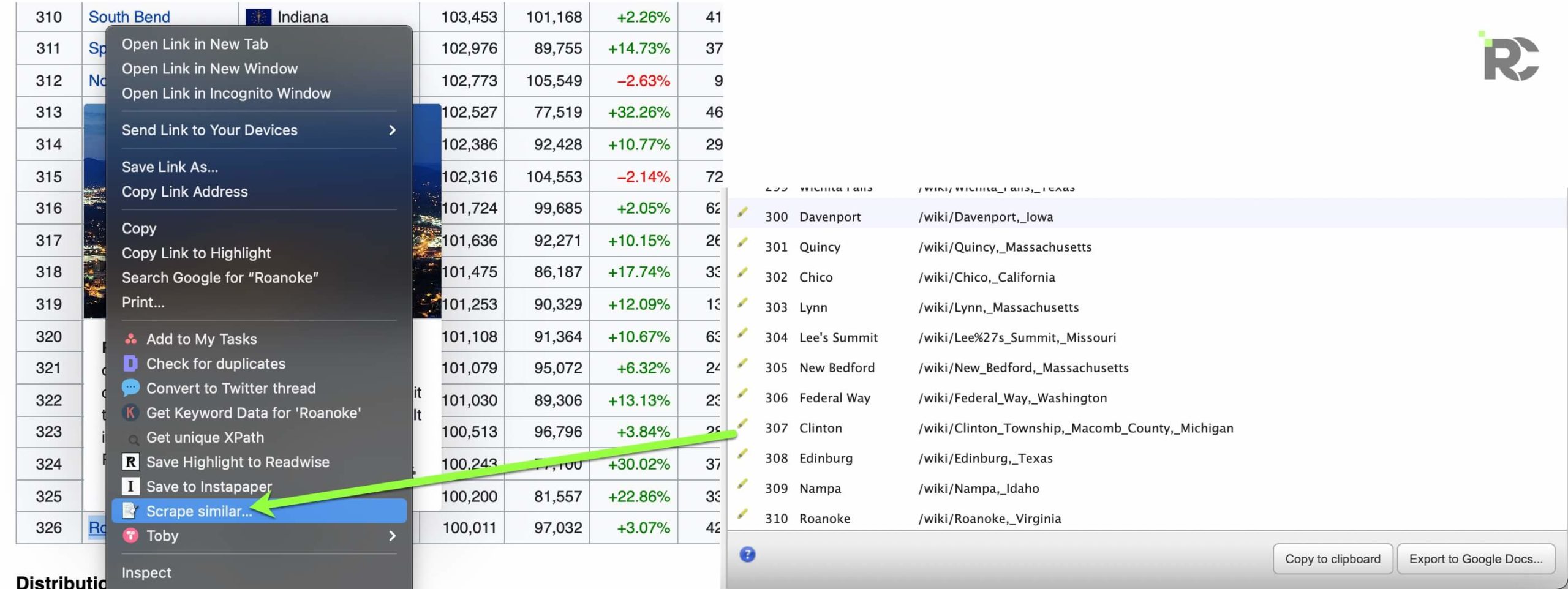The Necessary Talk About Chat Tools.
Another day has gone by when I roll my eyes at the “ding” sound of a certain chat application (that shall remain nameless). Let’s not forget the “How can I help you?” message that is very customized.
I’m not usually this senile, but when it comes to my web experience, don’t mess with it. I spend a large portion of my life sitting in front of a computer, and I’m a UX and productivity nerd. There’s a reason why I’ve installed and then deleted more apps and Chrome extensions than most people know exist.
I jokingly tell people that one of the reasons I work for myself is so that I can use quality apps and computers that don’t suck. Over the years, that’s become less of a joke, and more of a reason I enjoy my job.
You can trust me when I say that most chat apps don’t help me; they annoy me.
Objectively “Annoying” Elements of Chat Apps
I think we can all agree what areas of chat apps are annoying, for any sane user of the internet.
– Anytime sounds play
– Popping up within the first 10 seconds of coming to a site
– Generic messages/questions
– AI trying to guess what you want and failing, bad
Let’s look further at the “Generic messages/questions.”
Here is an example from Ping Identity and Okta, two competitors in the B2B Identity and Access Management space:
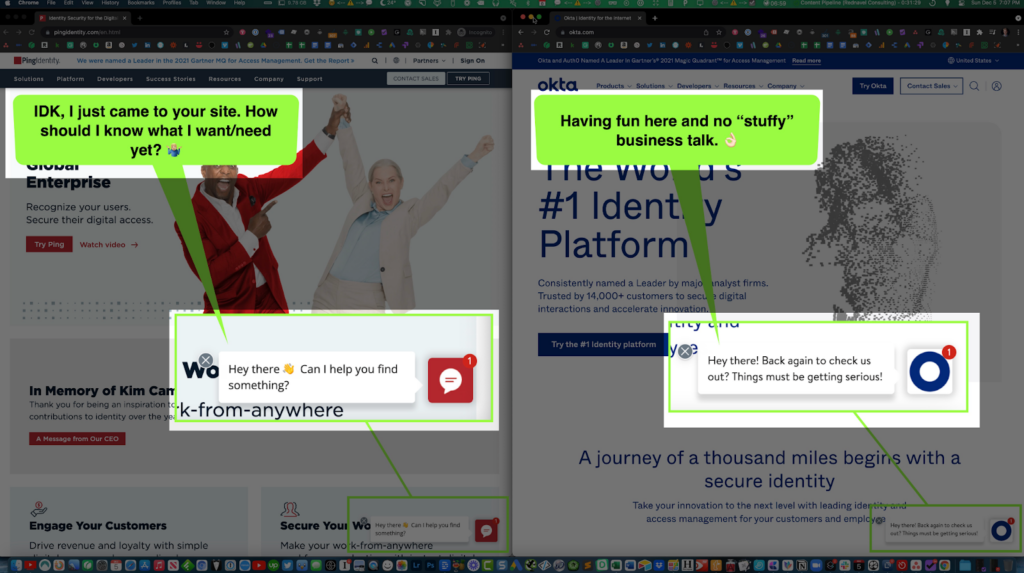
Most enterprise B2B companies get it wrong. Okta does serve the consumer market, but they do a good job here of knowing I come back and having fun with their copy – talking to me like I would talk to someone in real life and having fun while doing so.
Ping Identity doesn’t leverage what it knows about me (I was a return visitor) and both times asked me “What can I help you find?”
When a user comes to your site, there is plenty of info that can be used to know the traffic source, KW, referral site, etc. Those should all be used to contextualize what the initial chat message should be, even if it’s as simple as knowing if someone is a return visitor or a first time visitor.
Secondly, when a user comes to the site they usually don’t know what they want in the first 10 seconds. And it’s never a good idea to ask them “What do you want?” A more targeted question like, “Did you see the latest Gartner Report?” would be so much better to trigger a conversation.
Have you ever walked into a car dealership and have a car salesman say, “Can I help you find something?” How did that go? My guess is that your response (at least on your first visit) was something like “I’m just looking.”
B2B vs B2C – Contextualizing the Buyer Journey
There are about 101 reasons you should map out your buyer journey and have a whole team exercise around that. I’ve been through this and learned from some of the greats—like Jason Freidman, Jeff Walker, and Ryan Deiss—on messaging and timing.
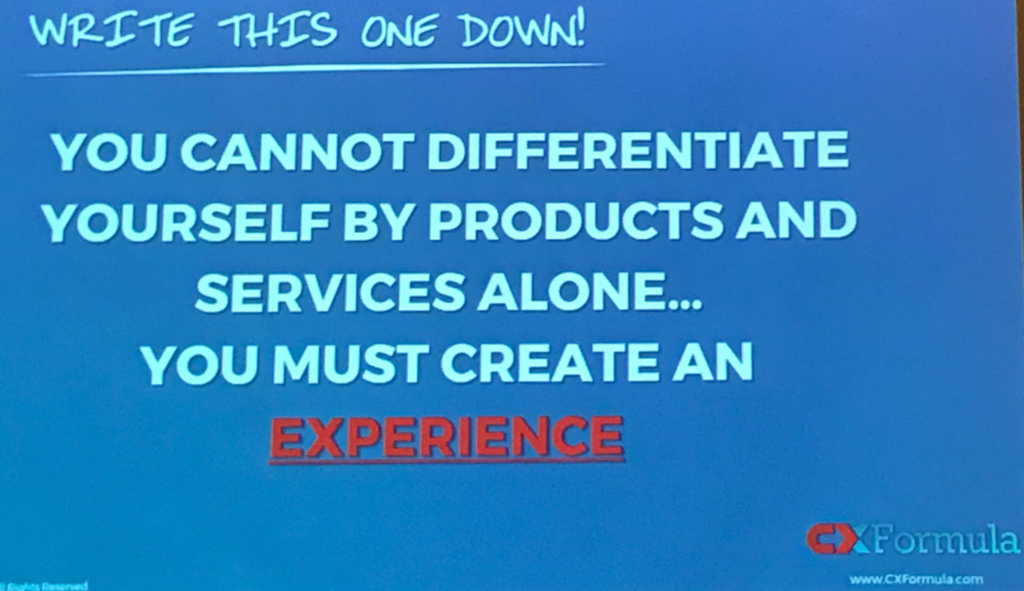
Example of extreme user mapping:
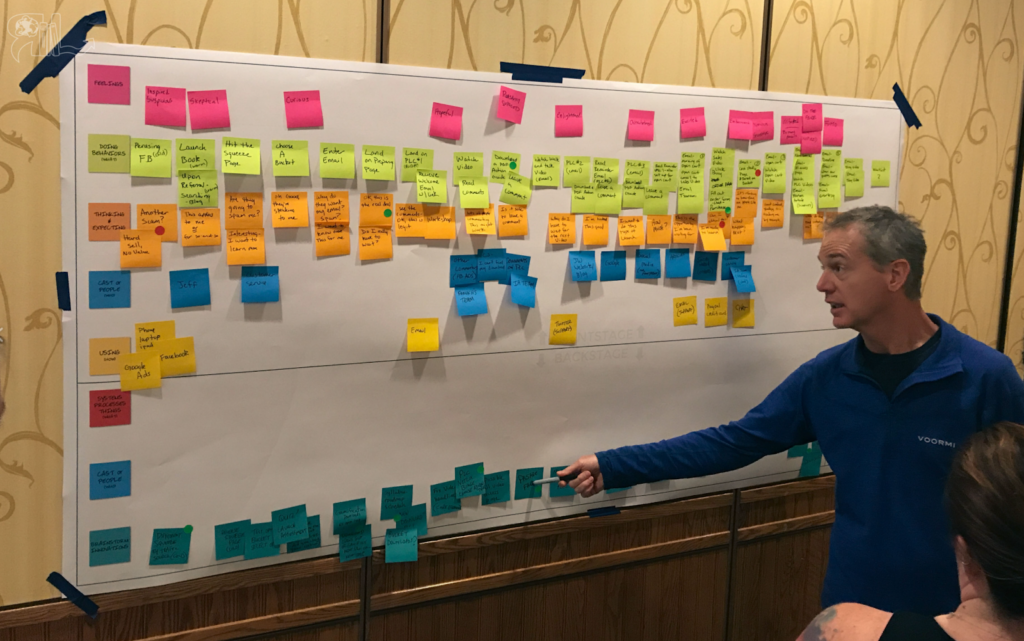
If a business goes to this level of mapping a user journey ☝🏻 (or even half that much), you would never see a message of “How can I help you?”
Also, if you are in B2B, you will know right off the bat that most users are not looking to buy when they come to your site. Here is something CXL put out recently and I wholeheartedly stand by this:
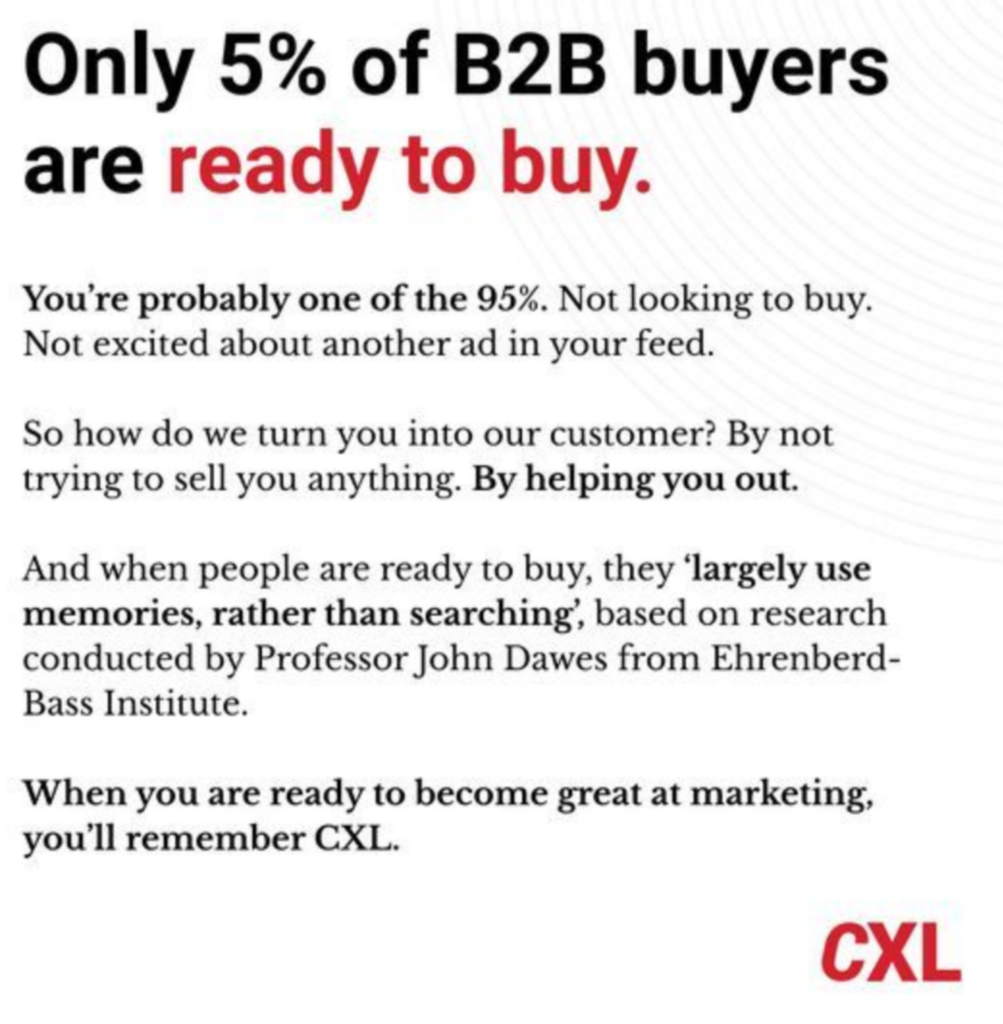
We need to be more value-focused and less leadfocused.
The Contrasts of Real Life vs. Online
I think a solid “mental model” for more marketers to go by is “Would I say this in real life?” If that question was asked more, we would have a lot less garbage copy floating around the internet.
I also think one of the problems is our digital lives and real lives are becoming more distant as we continue to battle this pandemic. As a result, we have more “digital courage” and say things we wouldn’t normally say in real life.
Overreaching: Stay in Your Lane, AI
We’re still quite a ways off from AI taking over the majority of our conversations. I’ve still recently been the victim of some pretty poor usage of it trying to predict what I wanted to say.
The biggest problem with AI and chatbots is that very few sites have information to learn from your behaviors you the way a site like Amazon can. BTW, when is the last time you saw a chatbot
Architecting the “Right” Experience
I had to put “right” experience in quotes. Part of this will always be subjective and there is nothing we can do to get around that. However, there are many more objective elements to chat experiences than we realize, in my opinion.
Here are a few tips to keep in mind to make the conversation more valuable for your user. (Also, stop calling them “users.”)
1. Where are they in the user journey?
Know this and speak to them differently as a result. The best marketers segment, and you should too.
2. Are you adding value to their experience?
Are you are saying what really needs to be said? Are you adding value or just talking to talk?
3. Are you talking to them like you would in real life?
Part of this gets into point #1 of segmenting and another part gets into casual copywriting. (Talk to someone like a person, not a robot.)
4. Use smart triggers
A time delay of 10 seconds on the homepage to trigger “How can I help you?” is not a smart trigger. Combine time on page, scroll depth, and dwell time with other events on your site. There are unlimited things you can do with when to fire a chat tool that are better than “x” seconds until message.
5. Put your real picture there and be honest.
Put your actual photo on the chat, not a fake person. And be upfront if you are actually there or not. Give the bot a fun name so it handles objectives in a passive way if someone is getting frustrated; then your user at least knows it’s a bot, and will leave different messages as a result.
Example of what “pretty good” looks like:
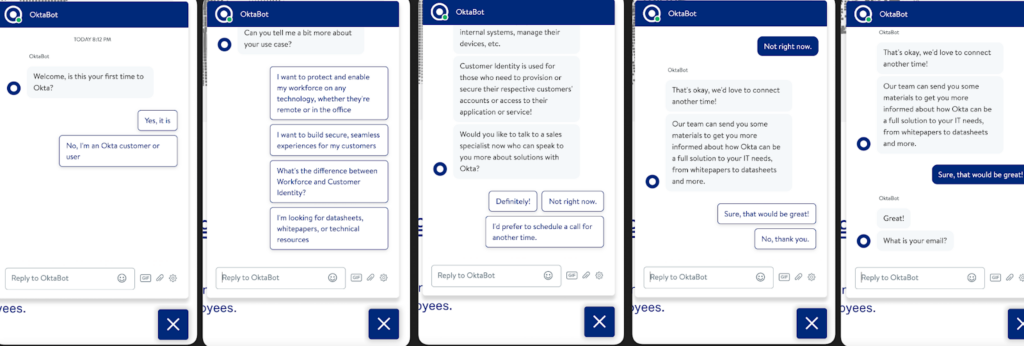
OktaBot doing a good job of segmenting in a well thought-out way.

